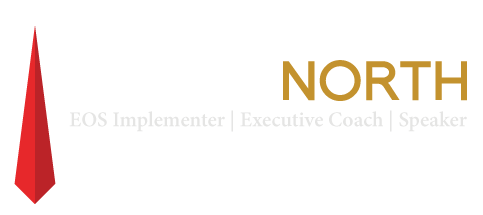Many meetings are mind-numbing, not mindful.
How much time do you spend in business meetings? Are they more mindful or dreadful? High performing teams generally have engaging and highly effective meetings. Atlassian surveyed individuals about meetings and made some stunning discoveries; I knew most meetings were bad, but these findings kinda blew my mind:
- 91% daydreamed during meetings
- 39% had fallen asleep in meetings
- 45% felt overwhelmed by how many meetings they had to attend
- 73% did other work in meetings
- 47% complained that meetings were the number one time waster
The Atlassian research estimated that in the United States, companies waste $37 billion a year on salaries having employees attend unnecessary meetings.
Before setting up a meeting, you might want to read How to Run an Effective Meeting: 9 Unusual Strategies, which is one of my most popular articles and has been published in several business journals. Then further create a highly valuable meeting by implementing the following five ways to make meetings more mindful, productive and creative and to enhance interactions through greater emotional intelligence:
-
Create a mindset of positivity and success.
Every month when the Fearless Leaders Entrepreneur Forum members meet for our one half-day session, we begin by having each group member share wins for the month. Then we celebrate those wins in a group acknowledgement that only takes about five seconds but is an extremely powerful success reinforcement. Beginning our meetings this way puts everybody’s mind in a success framework; the psychological term for this is subliminal priming. Later, when the discussion focuses on problem solving, everyone’s mind is primed for positive successful solutions because of how the meeting started. These entrepreneurs almost always exceed their annual goals. It’s a great ROI!
-
Show respect and curiosity.
Have extremely well-defined values as an organization and/or team, including showing great respect toward others. In organizational cultures, respect is an extremely common value. However, people interpret respect differently. One person might consider it disrespectful to question another’s perspective. However, high-performing organizations and teams value differences. When somebody presents an idea that is different from yours, you can be respectful and curious.
Example: Cynthia stated what she thought the best strategy was, and it’s different from what you think. Instead of stating your strategy, you could pause, open your mind and say something such as: “That’s different and extremely interesting. Could you share why you think that would be so effective?” This shows respect for her thinking, and she may have a new, brilliant approach that no one has thought about. -
Time everything.
A task generally expands to the time you give it. Agree on how much time each agenda item needs; there will be different amounts of time for each one. If you assigned an agenda item 10 minutes, set the timer for seven or eight minutes, whatever seems like the right amount of time to let the group know it needs to come to a conclusion. Then reset the timer and finish discussing the topic, including determining what action items to take.
-
Engage your whole brain!
Engage both the conscious and subconscious minds of all. If you’re problem solving or brainstorming, intersperse moments of total silence with talking. A rather startling discovery in neuroscience research found that when you sit in silence, quiet your mind and stop thinking about solving the problem you have been working on, a much larger portion of the brain, including your subconscious mind, starts working on solving the problem. The March/April 2015 issue of Psychology Today quotes the study: “The brain in ‘idle,’ it turns out, is actually far more active then the brain in conscious engagement.”
This research indicates that when working on a problem in silence, the resting brain uses about 20 times as much brain power as the conscious brain when working on the problem. Solving a challenging problem combining silence with active discussion allows everyone’s whole brain to work on the problem. -
Implement positive accountability.
At the end of each agenda item and/or the end of the meeting, summarize actions to take, who will take them (assign one person as the lead) and when the action should be complete. Check that items are completed on time and as appropriate, acknowledge and celebrate successful completion of team and individual goals, bringing things full circle, back to the first way of creating a mindful meeting. Accountability is also a critical feature of all high-performing teams. Imaging being on a high-performing, mindful team …
Mindful meetings are not only far more productive but also actually enjoyable!


